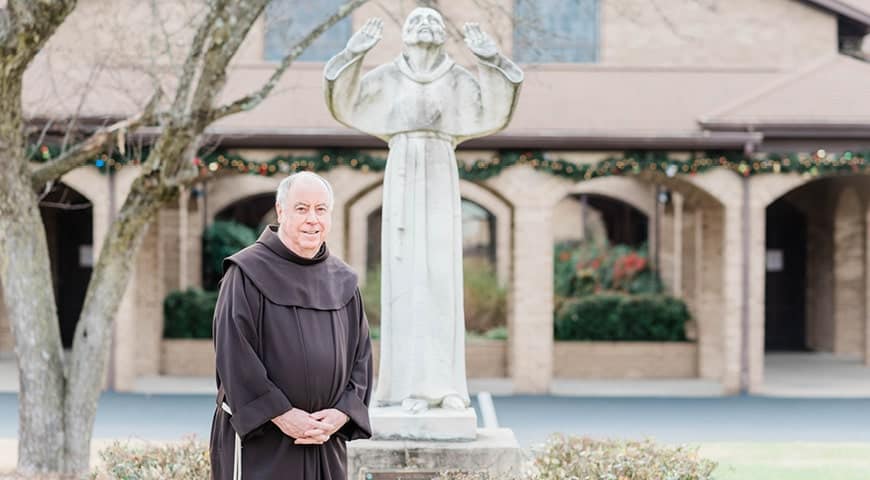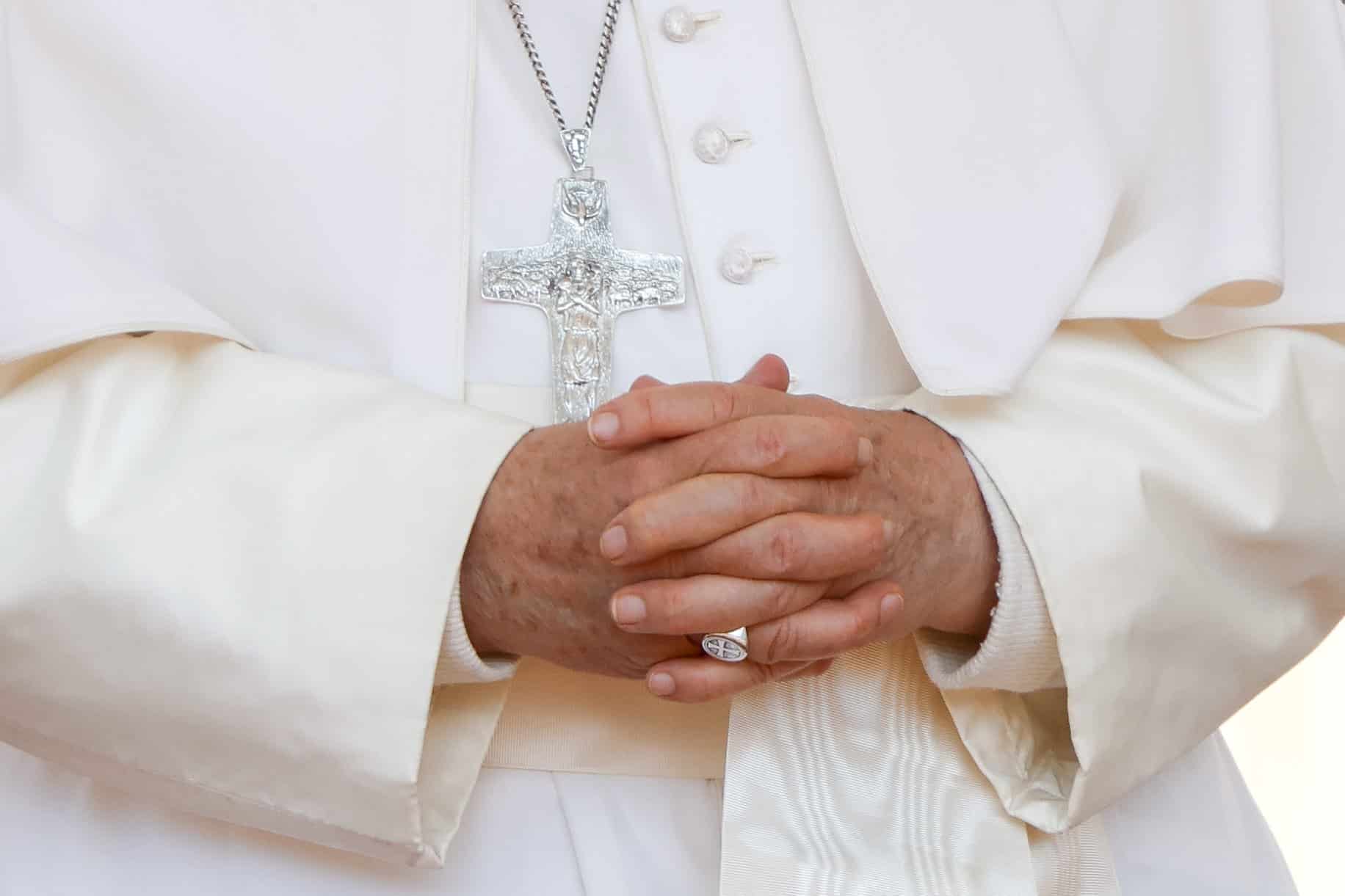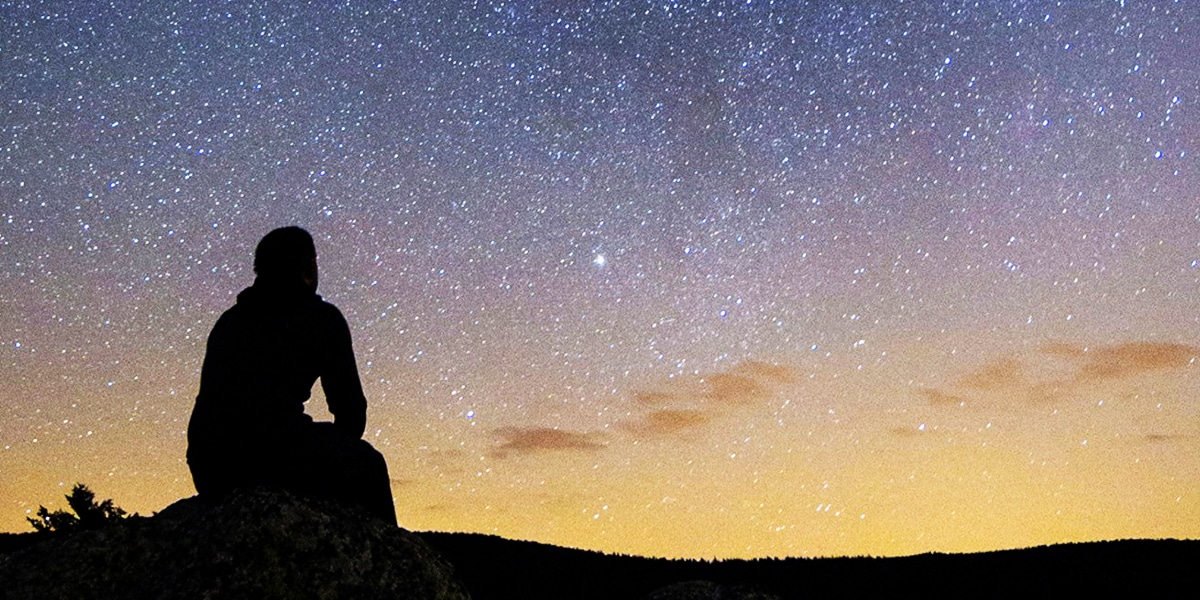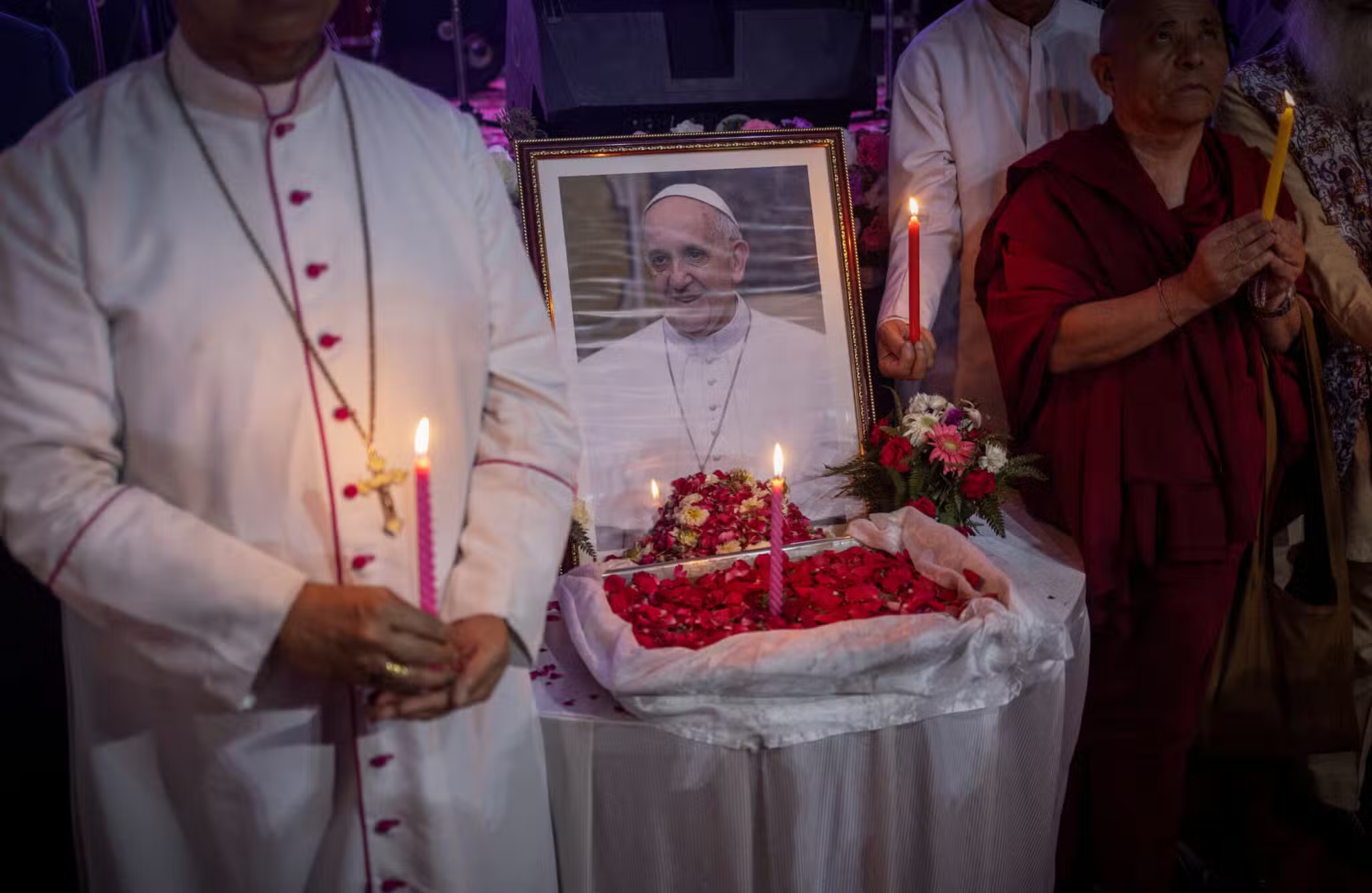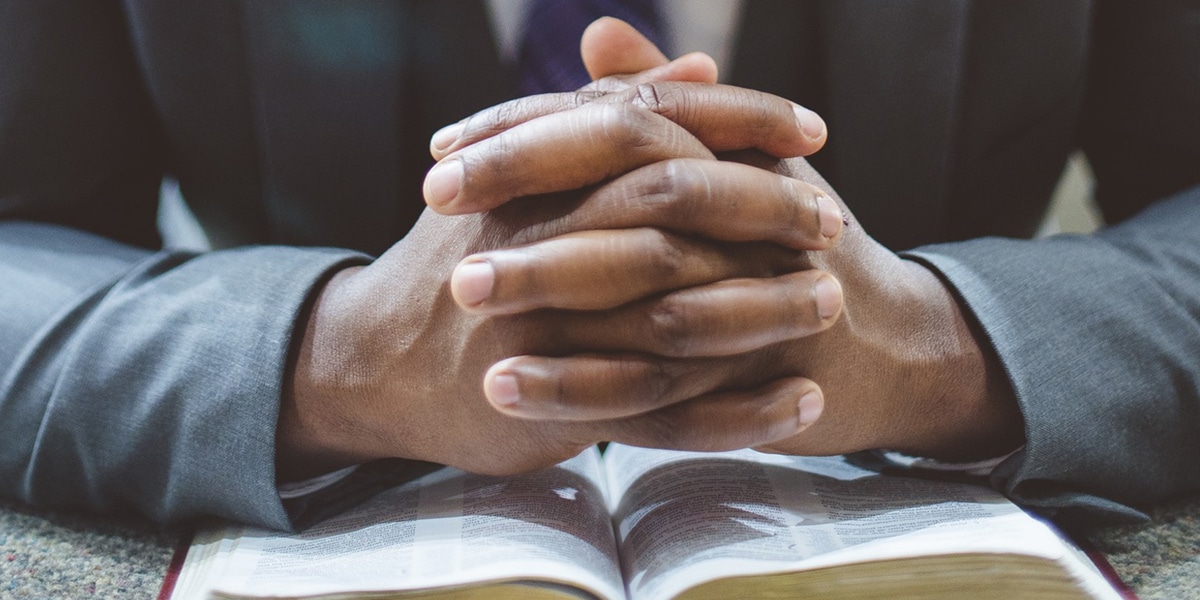He’s built skyscrapers, fought fires, and led the nation’s largest Franciscan province. But what Father John O’Connor most treasures is his ministry as a parish priest.
Franciscan Father John O’Connor is truly a Renaissance man—he’s worked elbow to elbow with real estate tycoons in New York City, run the corporation-like province of a major religious order, landed on an aircraft carrier, and barely escaped death on his first call as a fire department chaplain.
Yet, when asked what has given him the most satisfaction during his 50-plus years as a Franciscan, his response is simple and direct: “I would say it is the ministry I do as a Franciscan priest. It is to be there for people at the best of times, at the most difficult of times, and all kinds of times in between—but especially to be there with them at the most difficult time.”
At 73, Father John is showing no signs of slowing down as he reflects on the rich experiences of his past and the challenges that lie ahead.
‘So You’re the Guy Who Wants to Be a Friar?’
Born October 7, 1947, in Brooklyn as one of six children, John O’Connor grew up in Queens and attended Catholic elementary and high schools in upstate New York.
He felt the call to the priesthood when he was a teenager. He paints an idyllic scene of a summer outing on a creek near his cousins’ farm in the Catskills, not far from the Franciscan seminary in Callicoon. One afternoon, the vocations director came up to him and asked, “So you’re the guy who wants to be a friar?” That encounter put the bug in his ear and “I’ve never regretted it,” he says.
He attended St. Joseph’s Seminary in Callicoon, which he likened to a military prep school with discipline and a strict schedule. “I’ve been in leadership since I was 19 years old in the Franciscans, and I credit the experience there for giving me the skills,” he says.
He went on to novitiate at St. Raphael in Lafayette, New Jersey. In 1968, Father John made his first profession of vows and entered the Franciscan seminary at Holy Name College in Washington, DC. He was ordained in 1973 for Holy Name Province, covering the East Coast.
Father John’s first assignment was at St. Bonaventure University in Allegany, New York, as codirector, then director of campus ministry and pastor of the new St. Bonaventure University Parish. The classroom called to him from 1976 to 1982; he taught a popular course on marriage.
In his late 30s, Father John headed back to Washington as director of Holy Name College. “The challenge was severalfold: One was as a young man coming back and earning the respect of 55 friars, especially those who were my professors and my mentors, and second, I was asked to come up with a solution as to where the friars would move.” The college owned a large building next to the Franciscan monastery that was in disrepair. It would have cost too much to renovate, so his superiors in New York asked him to come up with some options.
The building was sold and the archdiocese offered the Franciscans St. Camillus Church in Silver Spring, Maryland, which they still staff today. Father John got to work building a new Franciscan seminary next to the church, which is now the house of formation for Franciscan postulants.
In 1991, he headed to the suburbs to serve as pastor of St. Francis of Assisi Church in Triangle, Virginia, just outside the gates of the Marine Corps base in Quantico. “After those years of internal work in formation, it was really a nice breath of fresh air to start working with laypeople in the parish,” he recalls.
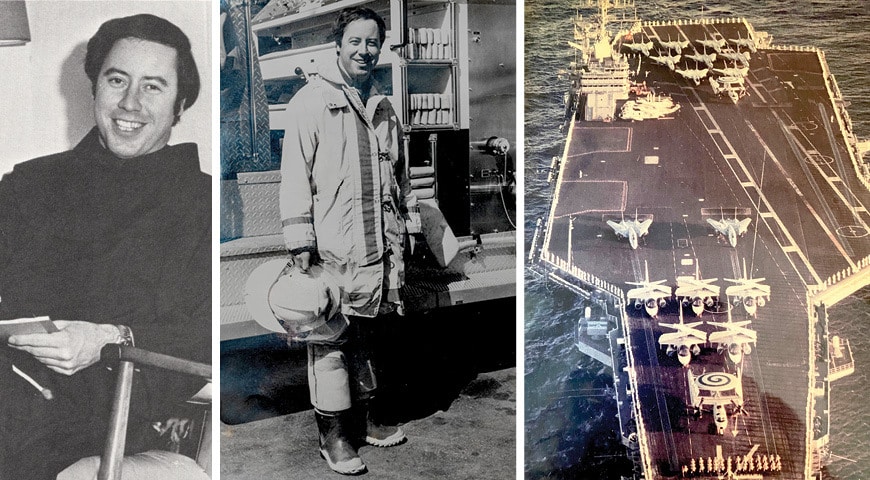
Real Estate Mogul
While in Triangle, he was elected to the provincial administration council and appointed director of real estate. The friars owned five buildings in Midtown Manhattan on 31st Street between 6th and 7th Avenues that needed to be rehabbed, but it would cost several million dollars.
While looking for a new source of income for the province, Father John proposed that the buildings be demolished and a skyscraper be built on the land. His superiors were hesitant but allowed him to do a feasibility study that brought together engineers as well as zoning, demographic, and transportation experts. He asked this group to answer two questions by the end of two months: Is it feasible to build a skyscraper, and is now the time to do it?
“They came back and they were unanimous in saying yes and yes,” Father John recalls. But they cautioned him about his inexperience, so he assembled a team of experts to tutor him in everything from tax law to contractual law to construction law. The $300 million project, which took four years of negotiation and then two years of construction, was completed in 2007.
The 63-story building has three distinct uses: The first is for the friars, who own five floors for the provincial headquarters, meeting space, a chapel, dining room, library, and living space, including guest rooms. The first 11 floors on the 32nd Street side are owned by the American Cancer Society, which operates the Hope Lodge, a free residence for cancer patients.
The third use is 400-plus apartments with 20 percent designated for low-income residents. The Franciscans own their part of the building and a percentage of the apartments and underground parking, which generates income.
During the skyscraper project in 2005, Father John was elected provincial of the largest province of any order of religious in the United States, “a multimillion-dollar operation, and I was responsible financially for a lot of fairly sophisticated financial and personnel operations.
“Like with anybody in charge of a major diocese, the buck stops with you, with the provincial. I was the one who was expected to make the tough decisions, to do critical thinking,” he says. All of that came to an end after his term-limited nine years.
He needn’t have worried about being idle. Not long after, the head of the Franciscan order in Rome contacted him for help starting a financial development office. He still serves as executive assistant to the minister general for financial development. In 2016, Father John was asked to return to Triangle as a parish priest.
Firefighter Chaplain
Throughout his priesthood, Father John has had an avocation for the fire service, which he likens to his vocation to the religious life. “We’re about saving souls in ministry, and they’re there about saving souls, physical souls,” he says.
It started in 1974, when the local volunteer fire department in Allegany, New York, asked if he’d be their chaplain. He went through firefighter training, was certified as a New York State firefighter, and rose through the ranks to become assistant chief.
His first call was in February 1975. “It was a large restaurant and catering facility, and I was almost killed,” Father John recalls. “It was something like 5 below zero, and I was one of the first ones on the scene as the truck pulled up. We began to make entry on the first floor, and as we went to open the door, the second floor blew up on top of us. I looked up, and all I could see was fire and debris coming right toward me. So I jumped over a snowbank. I asked another firefighter next to me, ‘Is this what it’s like?’ And he said to me, ‘Father, I’ve been a firefighter for close to 30 years. That’s the closest I’ve ever come to getting killed.’ I said to myself, Oh my God, this is my first fire.”
But he went back for more.
Once, while he was an assistant chief of Allegany’s volunteer fire department, a terrible storm came through that area and the neighboring community of Olean. They’d only been at the firehouse for about 15 minutes when a call came in that city hall was on fire. “All I could think to myself is, If I blow this one, I’ll go down in history as the volunteer fire chief who let city hall burn to the ground,” recalls Father John. “When we got to city hall, there was indeed smoke, but fortunately it was just one of their large generators overheating, and we got it out right away.”
His fire service continued in Silver Spring, and upon his return to Triangle, the chief asked him to help start a chaplain service.
Father John now serves as chief of chaplains, holding the rank of battalion chief for the Prince William County Department of Fire and Rescue. He’s also a reserve chaplain for the county’s police department.
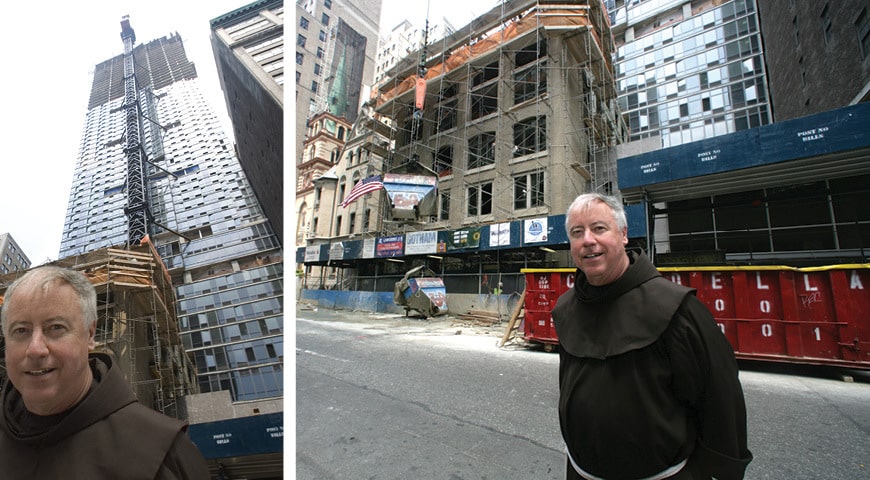
Parish Priest
Father John’s commendations chronicle his years of service to the fire service, parish outreach, youth and social service programs—there’s even a key to the city of Olean, New York. After a conversation with a fellow guest at a wedding reception in Washington in 1990, he was invited to land on an aircraft carrier in a twin-engine prop plane and was catapulted off two days later.
Yet, when he looks back, what’s brought him the most satisfaction has been ministering to parishioners as a Franciscan priest. “To help them through the challenges that they are dealing with in life, to help them through such things as sudden death or death in general,” he says. “To be able to give a homily on a weekend and have someone come up to you later and say, ‘Your homily really touched me.’
“I think almost everybody in formation at some point should work and minister in a parish, even if it’s only for a year, ” Father John says. “When you work with people in the parish, you allow yourself to be touched by humanity from birth to death. It further humanizes you as an individual.”
When asked what retirement looks like for him as a Franciscan, he laughs and says, “Death.” He can retire at 75, but “they encourage us to keep going as long as we can.” One of his associates in Triangle is an 80-year-old friar who still works part-time.
Pope Francis is a role model for Franciscans. “Pope Francis is, for us, Franciscan. He’s really one of us in terms of his approach to ministry and to his own priesthood,” he says of the Jesuit pope. “Francis [of Assisi] didn’t want us to be different from the laypeople we are ministering to.”
In that work of ministry, Father John says nothing is as important to him as a painting that hangs in his rectory office and the story behind it. The pastel depicts a river with a dock and two boats tied to a slip with trees in the background.
Years ago, he visited a woman in the Eastern Shore of Maryland who was dying from cancer. Though she had drifted away from the faith, her family asked him to come see her. He heard her confession and while they were chatting, she told him she had something to give him so he would always remember her: the pastel, which she had painted. She came back to the Catholic faith and died some months later.
The painting, he says, represents what is most important to him as a Franciscan priest: “being a person who can bring people back to the Church, who can help people who are hurting, and can help them to know that no matter what happens in their life, their God loves them.”


